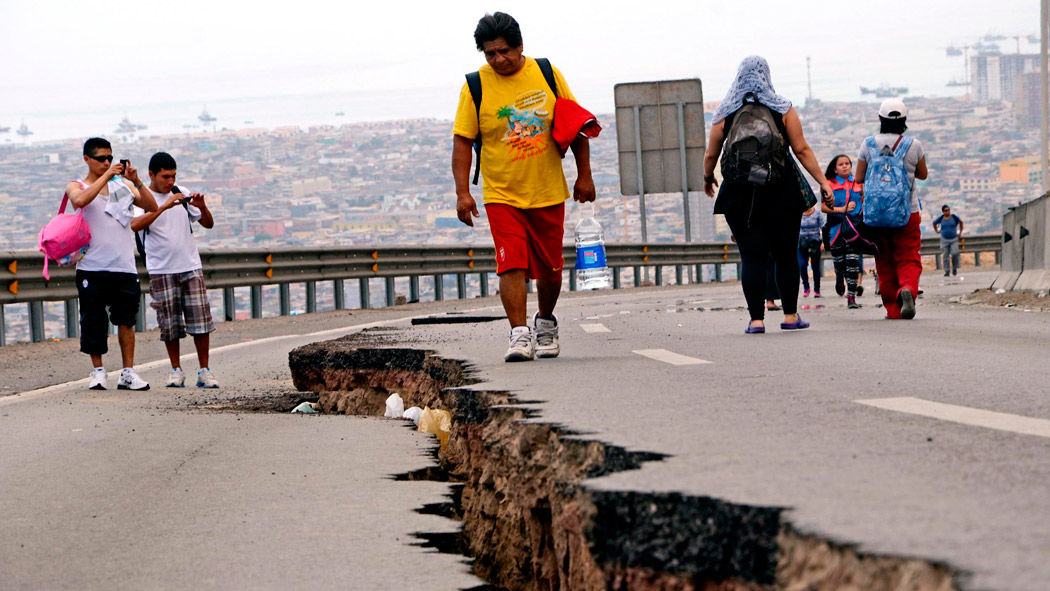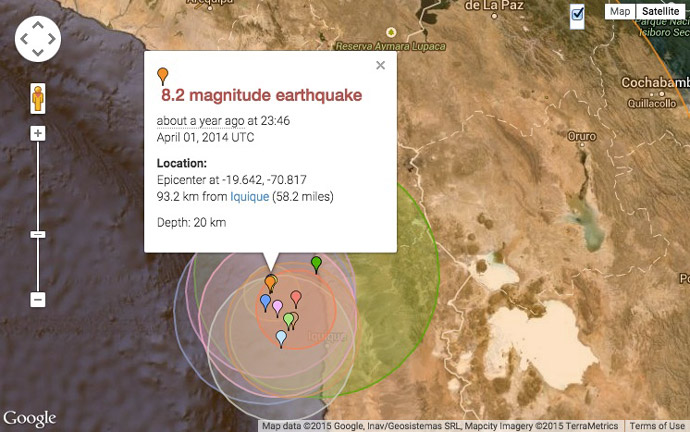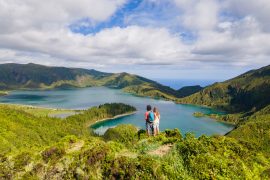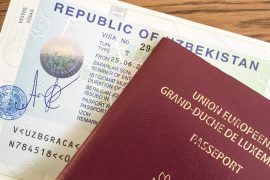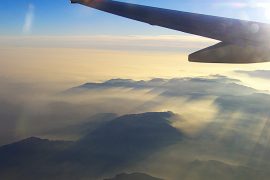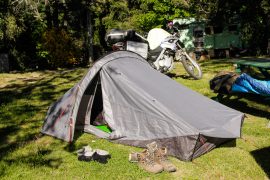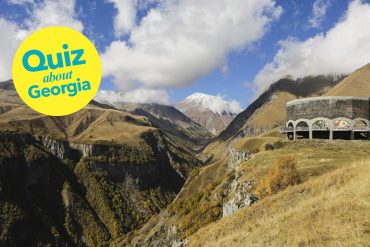We are appalled at the high number of casualties and material destruction that the earthquake that hit Nepal last Saturday caused. How is it possible that a 7.8 earthquake causes the death to more than 5,000 people and destroys an entire city when the 8.2 earthquake that we experienced in Iquique caused 6 casualties and limited damage?
If it is true that an earthquake’s power increases by 10 times with each increase in the number of its scale, then surely an 8.2 is much more powerful than a 7.8. The quake in Nepal lasted 20 seconds, in Iquique it lasted 120 never-ending seconds. Then again, why was there no catastrophe in Iquique?
Could it have been preparation? In Chile everyone seems to be prepared for earthquakes. Chileans are expecting a super earthquake to hit the country any time and they keep leading their lives with normality, but still, they have been preparing for the hit.
What does the preparation in Chile consist of? Here is what we learnt on that infamous day in April 2014:
- First of all, as I’ve read somewhere this week: earthquakes don’t kill people, buildings do. The Chilean government is obviously doing a good job with enforcing building regulation since neither skyscrapers nor houses fell. Some buildings suffered damage, with some slits opening and many windows shattering, but in general no buildings collapsed;
- Electricity cables also kill people. It is important to know not to remain under any electricity cables during an earthquake;
- The population in Chile has been educated to handle earthquakes and aftershocks. They wait for the movements to stop, find protection in their homes, specially under the entrance door frame before leaving their houses;
- The entire city has loudspeakers which are activated immediately after the earthquake and they issue instructions to the population about what to do and where to go.
- Everyone has a rucksack at the hall of their homes, packed with warm clothes, water, a flashlight, a portable radio and food for one or two days. More important, no one leaves the house without that bag. Some even have a camping tent.
- Families organise meeting points in secure areas of town where they meet after the crisis, in case the earthquake hits them when they are at work. They know phones will not work and they know that not finding each other is part of the drama.
Perhaps because of all the above points, the population remained calm (except for foreigners like us) and evacuation happened without major incidents.
If you would like to read more about our experience in Iquique, click here.
If you would like to make a donation for the victims of the earthquake, the following NGOs are collecting funds:
Red Cross: CCPL LU52 1111 0000 1111 0000 (mention «Séisme Népal»)
Pharmaciens Sans Frontières: CCPL LU21 1111 1057 0875 0000 (mention «Urgence Népal»)
Caritas: LU34 1111 0000 2020 0000 (mention «Tremblement de Terre Népal/Inde»)
Photo: Aldo Solimano, Agence France-Presse.
Curious about Chile? Get inspired by this beautiful country and the friendly Chileans and order your diariesof Chile magazine now and have it delivered home with free shipping.


